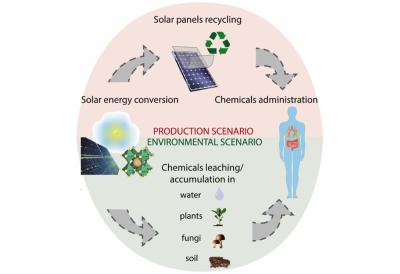Researchers advance slot-die coated perovskite solar cells and ink properties
Scientists from Germany’s Helmholtz-Zentrum Berlin (HZB) and HTW Berlin have examined how precursor inks influence the quality of perovskite thin films. The best cells were scaled up to minimodule size. The team showed that when slot-die coating the halide perovskite layers on large areas, ribbing effects may occur but can be prevented by adjusting the precursor ink's rheological properties.
Prof. Dr. Eva Unger's team at Helmholtz-Zentrum Berlin has extensive expertise in solution-based processing methods and is investigating options for upscaling. "Perovskite photovoltaics is the best solution-processable PV technology available," says Eva Unger, "but we are only just beginning to understand how the complex interaction of the solvent components affects the quality of the perovskite layers."








